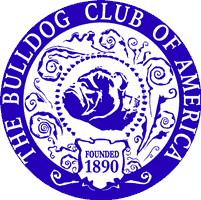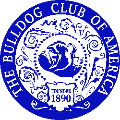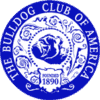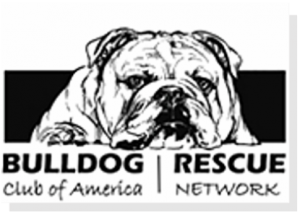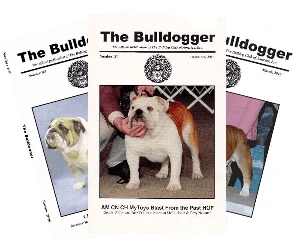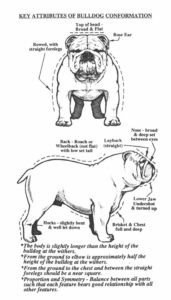By Elizabeth Hugo Milam
We learn early what a negative thing this can be. Easy to count the faults. In fact, it’s one of the first things we learn.. especially the obvious faults. Some other issues take some practice and study to pick up on.
But I believe this mantra is often taken way out of context.
We’ve seen the quotes from famous dog people cautioning against fault judging, and that’s fine. Speaking from a level of expertise, this resonates with people who understand the concept of the statement.
What it DOESN’T mean, all you breeders out there, is that you should be ignoring faults.. especially the faults that can can escalate to a critical point within the breed.
Judges don’t often know the “drags” of the breed. They are taught not to “fault judge” and often let critical problems “slide” in the dogs that “carry their faults well”.
The danger here is when newer and impressionable breeders regard dogs solely on their win records when planning their breedings.
Some of these show-boat dogs do carry those faults well. But they pass those faults on to dogs who don’t carry them so well. And with the desire of many to start line-breeding right out of the gate, these faults get compounded and with the shrinking amount of show breeders, creates problems for those of us looking for viable families to outcross to.
A pedigree with all the champions and all the “number one” dogs in it should not be any breeder’s realistic goal.
You as breeders need to be aware that the advise “don’t fault judge” does NOT mean YOU should ignore faults. You need to be aware of them. Highly aware, in fact. And then put them in context.
The way to interpret this is to admire great dogs, give them credit. It’s not “easy” to achieve near “flawlessness” Acknowledge any shortcomings but don’t “kill” a great one in your mind because of a minor flaw.
That’s the genesis of this concept. NOT to ignore serious type problems, ESPECIALLY as a breeder.
